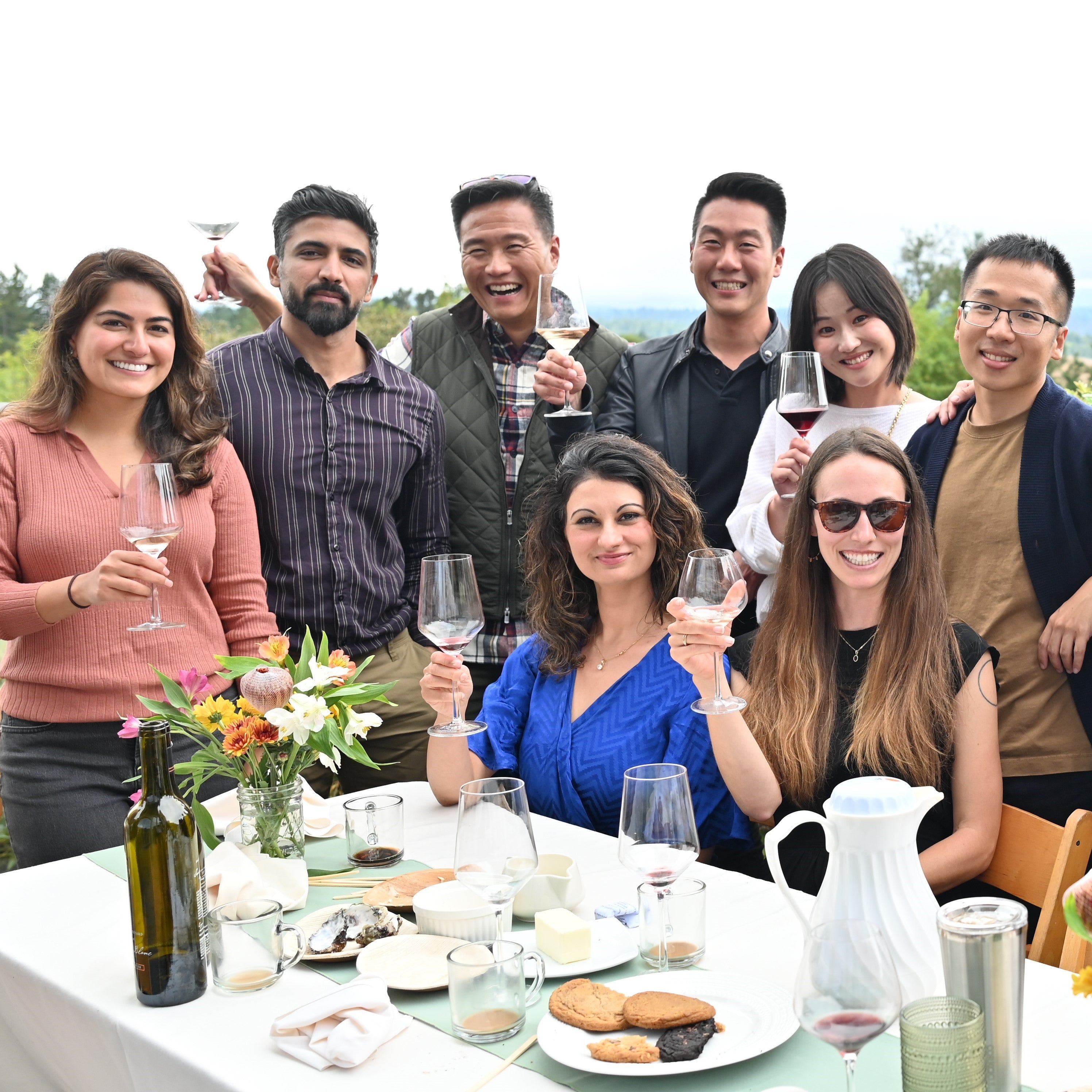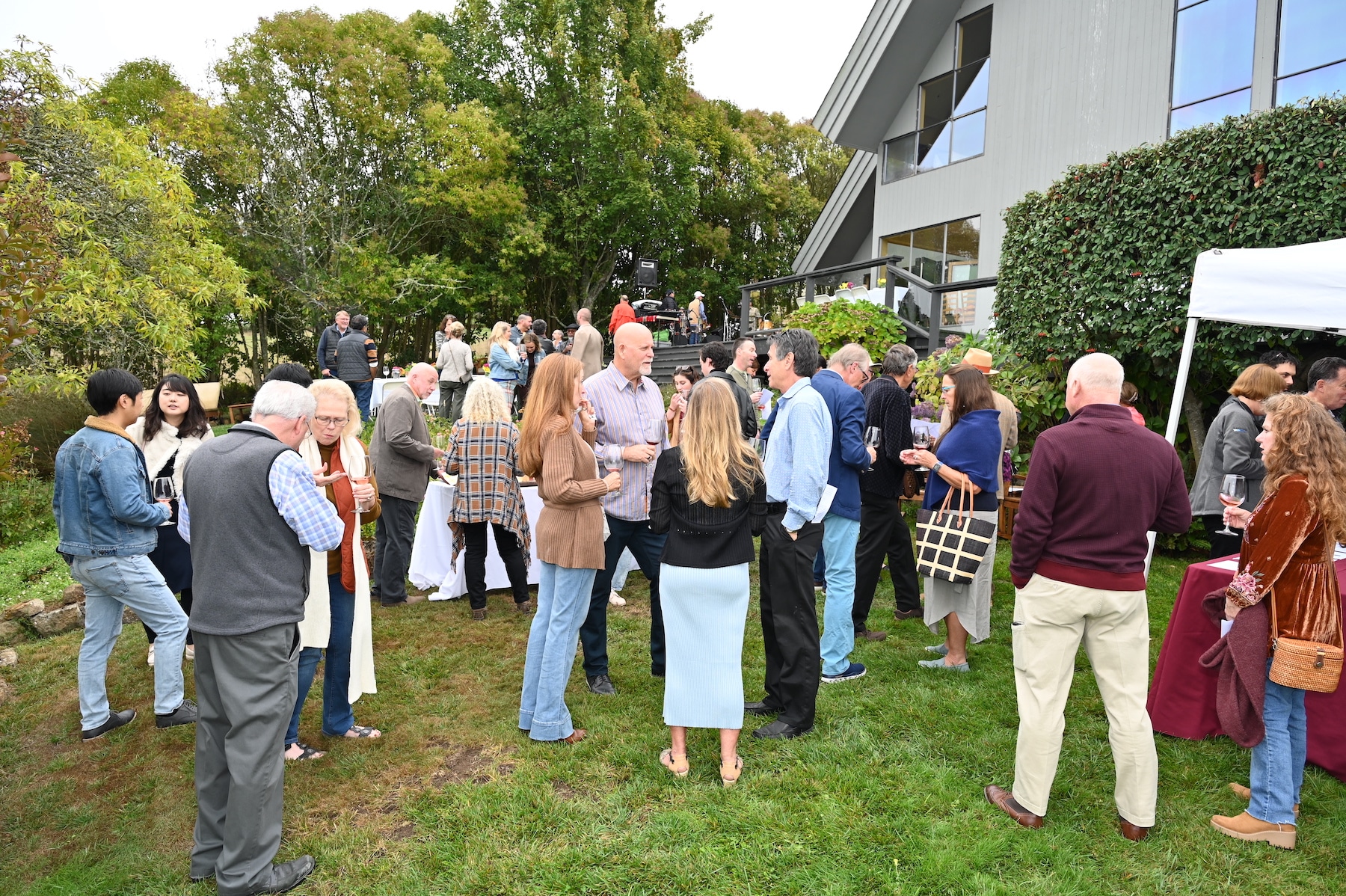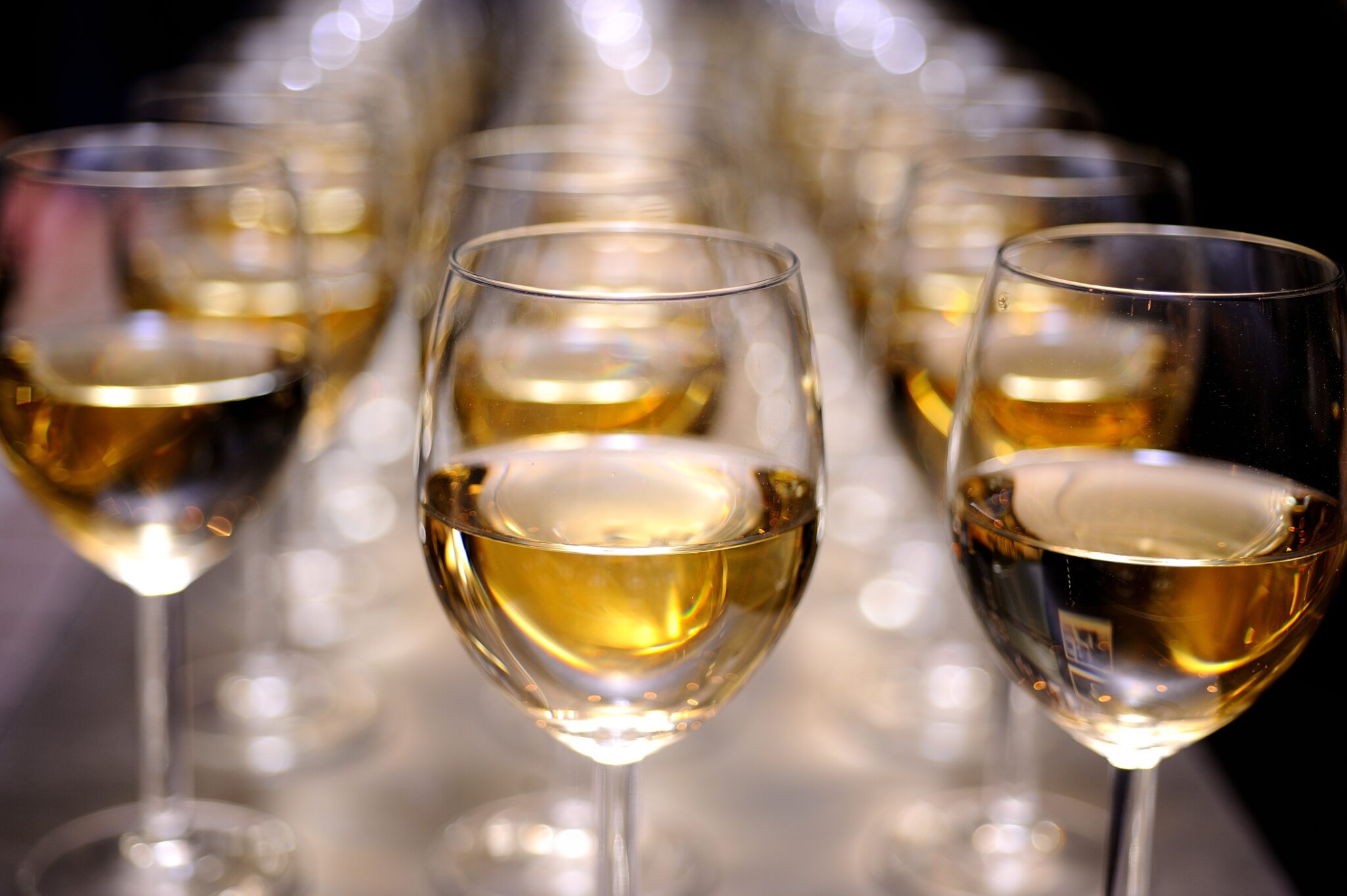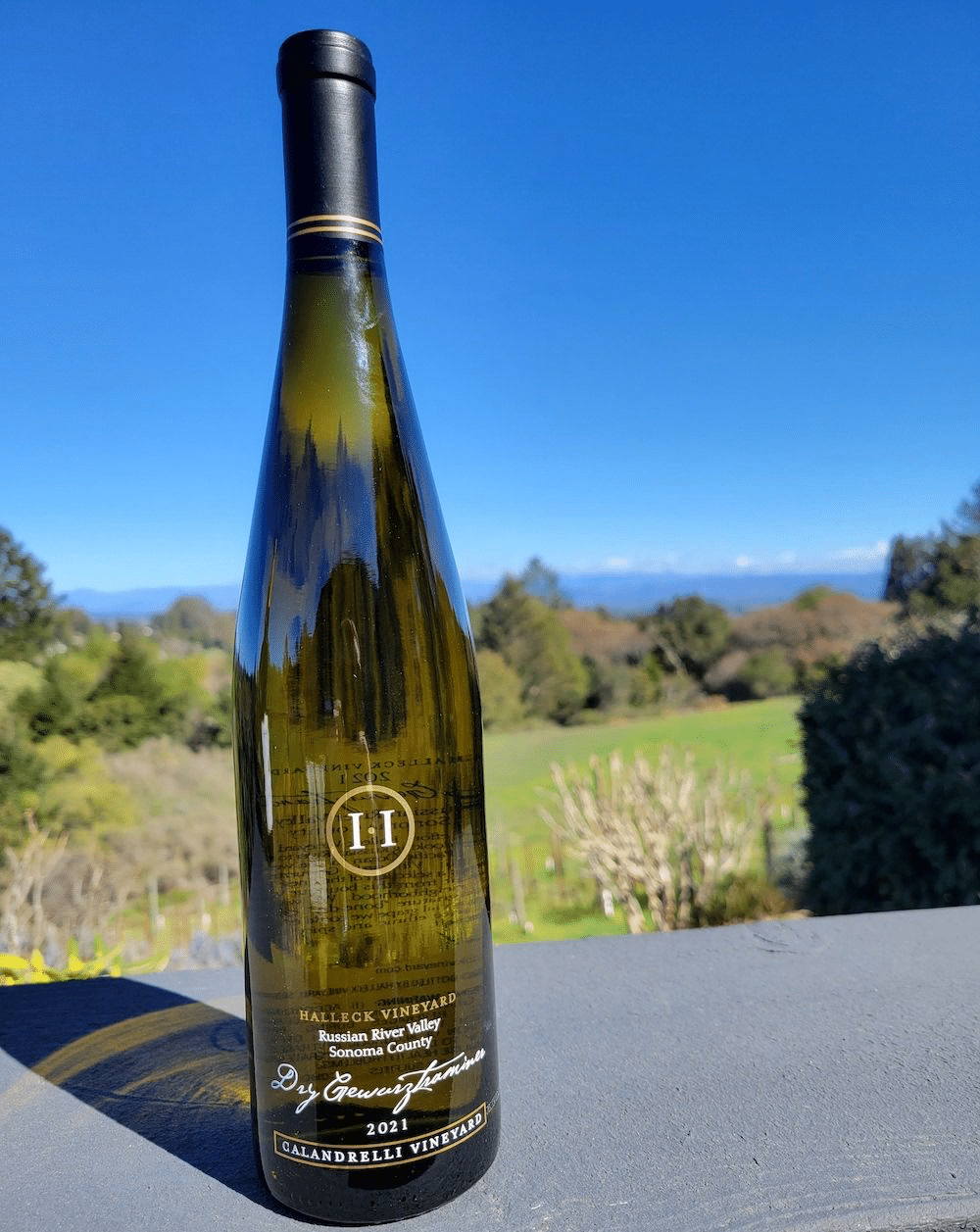Wineries With Unique Varietals - Sebastopol Vineyard Experiences
Wineries With Unique Varietals - Sebastopol Vineyard Experiences
Blog Article
Wineries With River Views - Sonoma's Hidden Winery Gems
Wine tasting is an art that combines sensory experience with an appreciation for the nuances of various varietals. How to judge flavors in winery wine tasting classes is pivotal to grasping the complexities of wine.
Engaging in a wine tasting entails greater than merely sipping and savoring. It requires a centered method to establish aromas and flavors that each wine presents. As you start, observe the wine's appearance, noting its colour and clarity. These visual cues typically suggest a wine’s age, grape variety, and even potential flavor profiles.
The subsequent step in the tasting process is to swirl the wine in your glass. This action releases aromatic compounds that are very important for evaluation. Lean in and take a second to inhale deeply; the aromas can vary from floral and fruity to spicy and earthy. The nostril of the wine is just as essential because the palate, and recognizing scents plays a big position in understanding the overall experience.
When taking your first sip, enable the wine to maneuver across your palate - Historical Wineries To Visit In Sonoma. Discover the preliminary flavors that current themselves. Is the wine fruity, floral, or maybe herbaceous? This initial taste gives insight into what the wine is likely to categorical as you proceed to evaluate it. The mouthfeel also contributes to the general flavor experience; it might be silky, tannic, or even effervescent.
Intimate Wine Tasting Experiences In Sonoma - Sebastopol Wineries
As you proceed tasting, take note of the wine’s balance. A well-balanced wine will harmonize acidity, sweetness, and tannins. If one component overwhelms the others, it would indicate a less fascinating quality. Evaluating stability might help you establish how nicely the wine might pair with food.
Transitioning to the finish, contemplate how the flavors evolve as the wine lingers in your palate. A lengthy, pleasant finish can indicate a high-quality wine, while a short or abrupt finish might counsel otherwise. Mirror on whether the flavors stay constant or if new notes emerge because the wine settles. This development can reveal complexities and intricacies that may not have been obvious within the preliminary tasting.
Temperature can be a vital consider evaluating wine flavors. Completely Different kinds of wine are optimally loved at particular temperatures. White wines usually shine when chilled, while red wines generally carry out best at room temperature. When tasting, ensure the wine is at the acceptable temperature to fully respect its character.
Scenic Vineyard Tours In Sebastopol - Wine Tours And Tastings In Sebastopol
Pairing food with wine can tremendously improve the tasting experience. Foods can affect the notion of flavors in wine, either highlighting sure characteristics or diminishing them. When evaluating flavors, think about how the wine interacts with totally different meals, noticing which flavors are amplified or muted (Upcoming Wine Festivals In Sonoma County).

Think About the influence of terroir as you have interaction in a winery tasting. Terroir encompasses the unique environmental factors that affect grape growing, including soil composition, climate, and geography. Understanding a wine's terroir can provide insight into its flavors and aromas, fostering a deeper appreciation for the alternatives made during its cultivation and production.
Schooling performs a elementary position in enhancing one's capacity to gauge wine flavors. Studying about grape varieties, wine areas, and production methods can pave the way in which for more informed judgments during tastings. Moreover, attending workshops or classes can refine sensory skills and expand your flavor vocabulary, enabling you to articulate tasting notes more successfully.

Lastly, it's essential to keep in thoughts that evaluating wine flavors is a extremely personal experience. Individual preferences and perceptions will invariably form one’s tasting journey. Enjoyment should be on the forefront, with the evaluation process performing as a tool to reinforce understanding and appreciation rather than create rigid guidelines.
Rustic Family-Owned Wineries In Sebastopol - Sebastopol Area Wineries Offering Wine
In conclusion, mastering how to consider flavors in winery wine tasting sessions involves a mix of sensory engagement, data, and practice. By learning to determine aromas, assess the stability, and recognize the intricacies of flavor, wine enthusiasts can deepen their connection to every bottle they encounter. As with any art kind, the more one immerses themselves in the experience, the extra they may uncover and benefit from the vast world of wine.
- Start by observing the wine's shade and clarity, as these visual elements can hint at its flavor profile and getting older potential.
- Swirl the wine gently in your glass; this releases aromatic compounds, permitting you to higher establish the complex scents associated with the wine.
- Take a deep inhale before tasting, specializing in each main and secondary aromas to collect insights on fruits, spices, and different nuances.
- When tasting, permit the wine to coat your palate; note the initial flavors, the mid-palate complexity, and the finish as these levels can present different flavor highlights.
- Pay attention to texture and mouthfeel, as aspects similar to tannin ranges, acidity, and sweetness contribute significantly to the overall tasting experience.
- Evaluate flavors against commonplace wine traits; for red wines, consider berry notes, oak influence, and herbal tones, while whites could include citrus, stone fruits, and floral hints.
- Take notes through the tasting session to trace your impressions, serving to you to recollect and evaluate the different wines sampled.
- Discuss your findings with fellow tasters or winery employees, as sharing insights can improve understanding and appreciation of individual flavors.
- Enable time for the wine to breathe; typically, flavors evolve and reveal new dimensions after being exposed to air.
- Experiment with food pairings in the course of the tasting as they'll dramatically alter how flavors are perceived, influencing general enjoyment.undefinedWhat should I search for when evaluating the aroma of wine during a tasting?
Start by swirling the wine in your glass to launch its aromas. Bring the glass to your nostril and take a deep breath. Pay consideration to the primary scents you detect, as these are often probably the most prominent. Look for fruit, floral, natural, or earthy notes and attempt to determine particular traits, which can deepen your understanding of the wine's complexity.
Off The Beaten Path Wineries In Sonoma - Sonoma Vineyards For A Perfect Day Out

How can I distinguish between totally different flavor profiles in wine?
Perceive that flavor profiles are often categorized as fruit, floral, herbaceous, spicy, or mineral. Take small sips and allow the wine to coat your palate. Discover the primary flavors that emerge first and the refined notes that observe. This layering is important in distinguishing the wine's characteristics and will allow you to appreciate its distinctive profile.
Elegant Wine Tasting Locations In Sonoma - Sebastopol's Best Wine Trails
What is the significance of the wine's texture in a tasting?

The texture of the wine, also identified as mouthfeel, performs a crucial role in how we perceive flavors. Pay consideration as to whether the wine feels smooth, creamy, or gritty. The body of the wine (light, medium, or full) can enhance or contrast with flavors, offering a extra rounded experience throughout tasting.
How do I assess the steadiness of flavors in wine?
Balance in wine refers back to the concord between acidity, sweetness, tannin, and alcohol. Take a moment to assess whether these parts complement or intrude with each other. A well-balanced wine could have none of its parts overpowering the others, creating a nice my sources tasting experience.
Beautiful Picnic Areas At Sonoma Wineries - Best Wineries In Sonoma For A Wine Experience
What function does temperature play in evaluating wine flavors?
Temperature can significantly influence the notion of flavors. Generally, pink wines are best served barely beneath room temperature, while white wines get pleasure from being chilled. As the temperature modifications, the aromas and flavors can shift, permitting you to understand different characteristics. It’s essential to taste wine at its optimal temperature for true evaluation.
Wineries In Sebastopol - Tasting Fine Wines In Sonoma County
How can I enhance my tasting skills over time?
Practice is key to improving your tasting skills. Wineries Known For Their Beautiful Gardens. Attend tastings, maintain a journal of your experiences, and explore different types of wines to broaden your palate. Additionally, studying about wine manufacturing and grape varieties can present context that enhances your analysis process, making you a more informed taster.
Is there a particular order by which I ought to taste the wines?
Unique Wine And Food Pairings In Sonoma - Sebastopol Vineyard Experiences
Sure, it’s advisable to taste wines from light to full-bodied and dry to candy. This development prevents the stronger flavors from overshadowing the more delicate ones, permitting you to fully respect every wine's characteristics and nuances with out palate fatigue.
How can I consider the aftertaste of wine?
Wineries That Offer Food Trucks On Weekends - Tasting Fine Wines In Sonoma County
The aftertaste, or end, is an important aspect of the wine-tasting experience. After swallowing, pay attention to how long the flavors linger on your palate and whether they change. A lengthy, pleasant end is usually an indicator of a high-quality wine, whereas a brief or disagreeable end could counsel otherwise.
Why is it essential to note the wine’s acidity throughout tasting?
Acidity contributes to the overall freshness and construction of the wine. Pay attention to the tingling sensation in your tongue; site link higher acidity can improve the wine's liveliness and stability out sweetness. Noting acidity helps decide the wine's versatility with food and its growing older potential.
What should I do if I wrestle to establish particular flavors in wine?
Wineries Offering Charcuterie And Wine Pairings - Wineries In The Sebastopol Region
Struggling to determine flavors is common, especially for novices. Focus on broader categories and describe what you'll have the ability to recognize, corresponding to sweet or earthy notes. With practice, studying about different flavor profiles, and perhaps utilizing flavor wheels, you may refine your senses and develop a more nuanced approach to tasting. Report this page